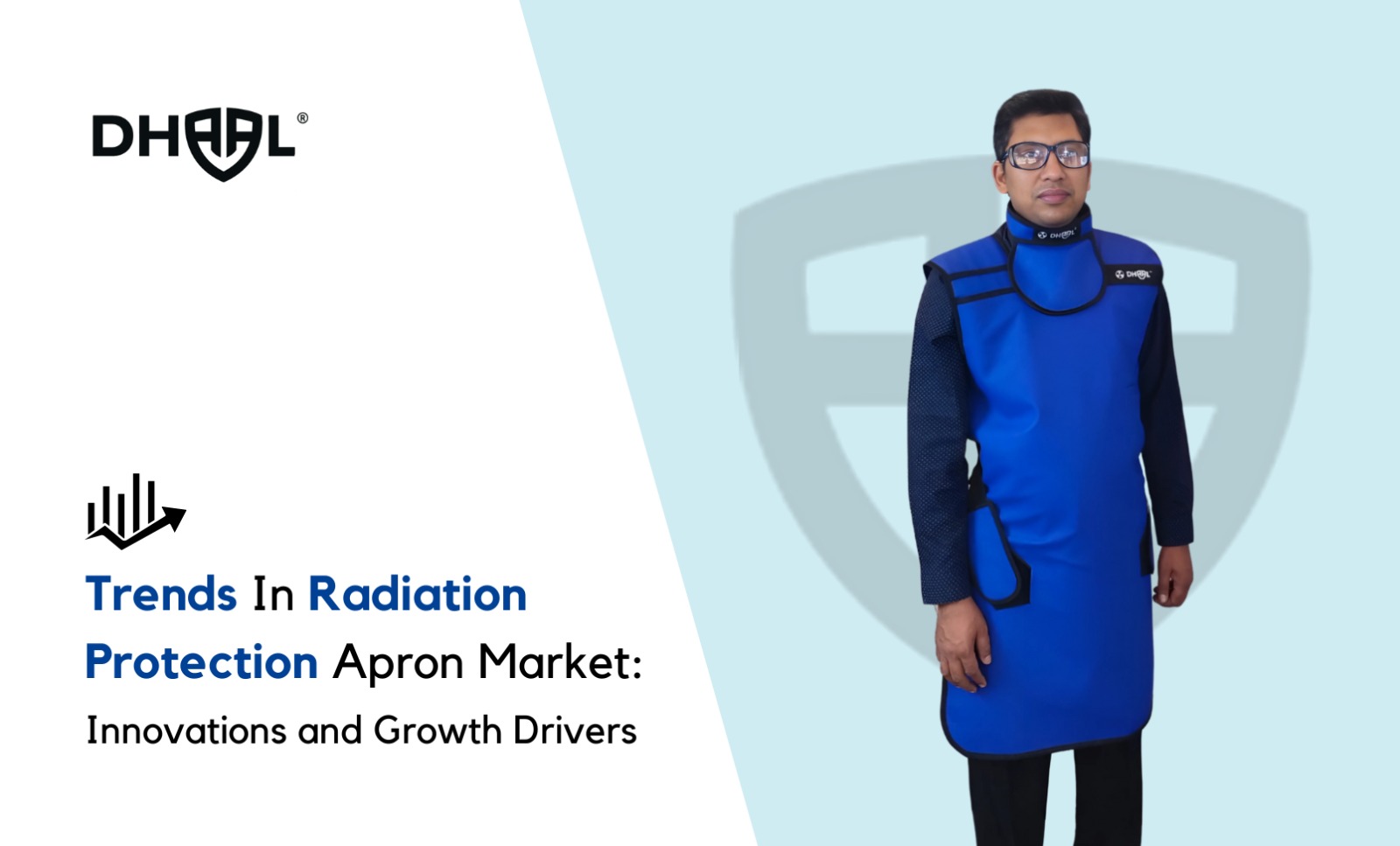
In healthcare and industrial environments, radiation protection is paramount. The radiation protection apron market has evolved significantly, driven by technological advancements, material innovations, and a growing emphasis on safety and comfort.
Market Overview
The global radiation protection apron market is projected to register a compound annual growth rate (CAGR) of 5% from 2025 to 2030. North America currently holds the largest market share, while the Asia-Pacific region is expected to experience the fastest growth during the forecast period.
Key Trends Shaping the Market
- Shift Towards Lead-Free Materials
Traditional lead-based aprons, though effective, are heavy and pose environmental disposal challenges. This has led to a surge in demand for lead-free alternatives made from materials like tungsten, barium, and bismuth. These aprons are lighter, more comfortable, and environmentally friendly, making them increasingly popular among healthcare professionals.
- Emergence of Smart Radiation Protection Aprons
Advancements in technology have introduced smart radiation protection aprons equipped with sensors to monitor radiation exposure in real-time. Some models also feature temperature regulation and humidity control, enhancing comfort during extended use.
- Customization and Improved Fit
Recognizing the diverse needs of users, manufacturers are offering aprons that can be tailored to individual body types. Customization options include adjustable straps, various sizes, and personalized designs, ensuring better comfort and mobility for the wearer.
- Increased Focus on Ergonomics
To address issues like fatigue and musculoskeletal discomfort associated with prolonged use of heavy aprons, there is a growing emphasis on ergonomic designs. Manufacturers are incorporating features such as padded shoulders, adjustable waistbands, and lightweight materials to improve user comfort.
Regional Insights
North America
The North American market is driven by a high volume of medical imaging procedures and interventional radiology practices. The increasing prevalence of cancer and the adoption of advanced imaging technologies further fuel the demand for effective radiation protection.
Asia-Pacific
The Asia-Pacific region is experiencing rapid growth due to rising healthcare infrastructure, increasing awareness about radiation hazards, and a growing number of diagnostic imaging procedures. Countries like India and China are witnessing significant investments in healthcare, contributing to the market’s expansion.
Conclusion
The radiation protection apron market is undergoing significant transformations, driven by technological innovations, material advancements, and a heightened focus on user comfort and safety. As the demand for effective radiation protection continues to rise, manufacturers are poised to introduce more advanced, customizable, and comfortable solutions to meet the evolving needs of healthcare and industrial professionals.



